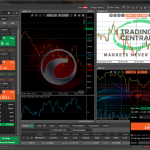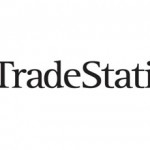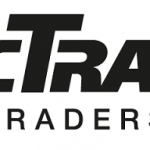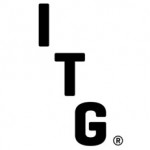Buy side should double down on scaling R&D investments
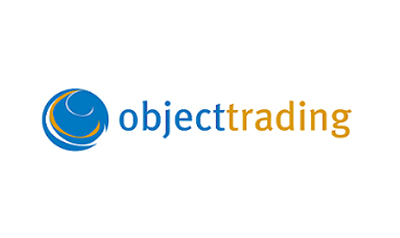
To address declining return on investment, buy side needs to speed up the process of testing and disqualifying unworkable strategies, while allowing more resources to be invested in benchmarking and scaling up the most promising systems, according to a new report from Object Trading.
Putting research and development (R&D) investment to work by accessing a greater amount of markets with winning strategies gets easier all the time as new vendor offerings normalise markets.
But firms will need robust R&D tools supported by a scalable market access infrastructure that can handle all phases of trading system development – from initial idea generation, to backtesting and simulation, through to production deployment and scaling, according to a recent buy side research report from Object Trading.
Aside from investment in attracting and retaining trading talent itself, the next largest investment for buy side firms is in trading system R&D. A CEO from a large, systematic hedge fund cited in the report said that more than 70% of his company is involved in R&D – from research to technical implementation.
But eking out a few basis points is getting harder in the same few familiar markets, and that could mean finding a way to branch out into uncharted waters for the buy side.
“They might have some strategy that they have relied upon for some time, like trend following, applied traditionally to deep liquidity pools that they’ve been used to,” said Steve Woodyatt, CEO of Object Trading, speaking to Automated Trader at last week’s FIA IDX conference.
“Being able to take that strategy and being able to apply it in new areas – where your products are on different exchanges, or maybe even a different product class. Now, that R&D that they put in for the last few years they can put to use on a seamless platform.”
Finding a way to scale up is being pushed by the need to justify costs associated with identifying successful strategies.
Some funds indicated it takes six to 12 months to fully test a strategy before it’s implemented, all before scaling up to secure return on that investment. Meanwhile, in today’s competitive environment, strategies don’t have the lifespan they used to have.
As the profitability lifespan of strategies decreases, firms are receiving lower ROI for the same time and money spent on the R&D lifecycle.
“Medium-sized asset managers have an opportunity to scale all their existing R&D investment and access a wider set of products and liquidity for the same cost what they have traditionally been doing,” Woodyatt said.
The report also looked at the costs of doing business, which for buy and sell side alike have never been higher.
Looking at slippage, there was a clear difference in the concerns raised by firms using latency sensitive arbitrage strategies, which tend to need to be first to a book.
Firms with long-term or large positions, however, are most concerned with the equity curve impact of slippage.
For example, if one of these firms pays for immediacy by crossing the spread, they might pay a few dollars extra on each of their contracts. While it may not seem like much on an individual basis, when you scale this up to, for example, 20,000 contracts, the cost of slippage becomes more profound.
One large hedge fund was quoted in the report as stating: “We trade 50,000 futures contracts a day, and we’re position takers, not makers. The amount of slippage that we can gain or lose in one position is more than the majority of proprietary traders can gain or lose in their entire P&L. Our trading group’s primary responsibility is to minimise slippage.”
Source: automatedtrader – Buy side should double down on scaling R&D investments









